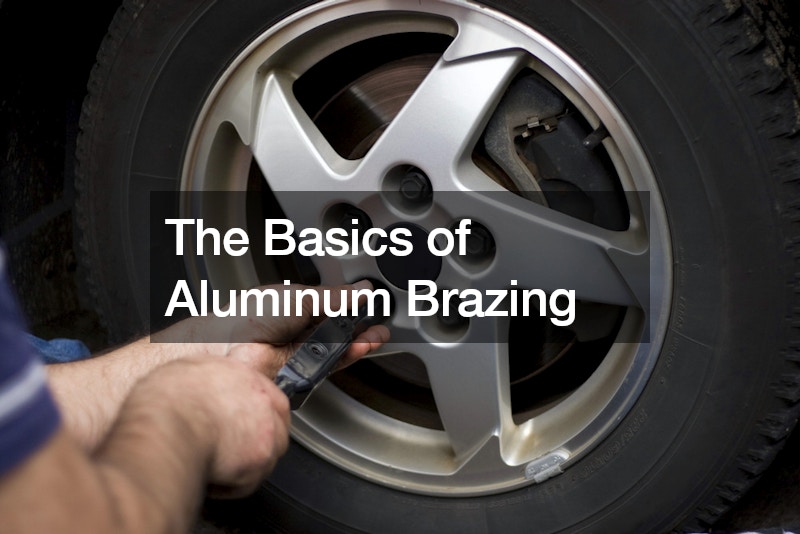Aluminum brazing is a versatile and widely used process in various industries. This technique involves joining aluminum pieces using a filler material that has a melting point above 840°F (450°C) but below that of the base metal. Unlike traditional welding methods, aluminum welding doesn’t melt the base metal, making it a suitable option for applications where precise control over heat is crucial.
One critical aspect of aluminum brazing is surface preparation. Prior to welding, it’s essential to clean the aluminum surfaces thoroughly to remove any oxide layers that can hinder the bonding process. This is typically done through chemical cleaning, mechanical abrasion, or a combination of both. Proper surface preparation helps to ensure optimal adhesion and a strong, durable weld.
Choosing the right filler material is paramount in aluminum welding. Aluminum itself is a highly conductive material, making it prone to rapid heat transfer. As such, selecting a filler with a composition compatible with the base metal is important for achieving a reliable and aesthetically pleasing weld. Common filler materials include aluminum-silicon alloys, which help to provide good flow and penetration characteristics.
Temperature control is a key consideration in aluminum welding to avoid distortion or damage to the material. Unlike steel welding, aluminum has a lower melting point, making it susceptible to overheating. Utilizing precise heat sources and monitoring equipment is very essential for achieving the correct temperature throughout the welding process, ensuring a successful and structurally sound aluminum weld.
.



